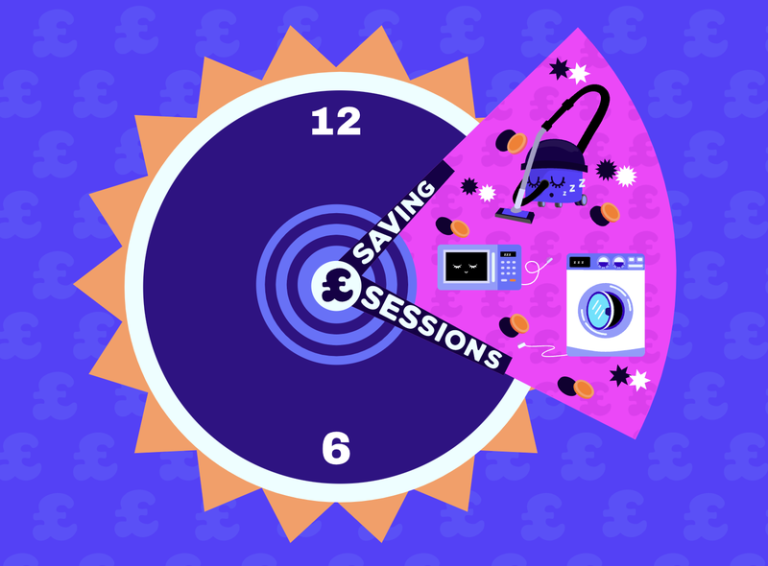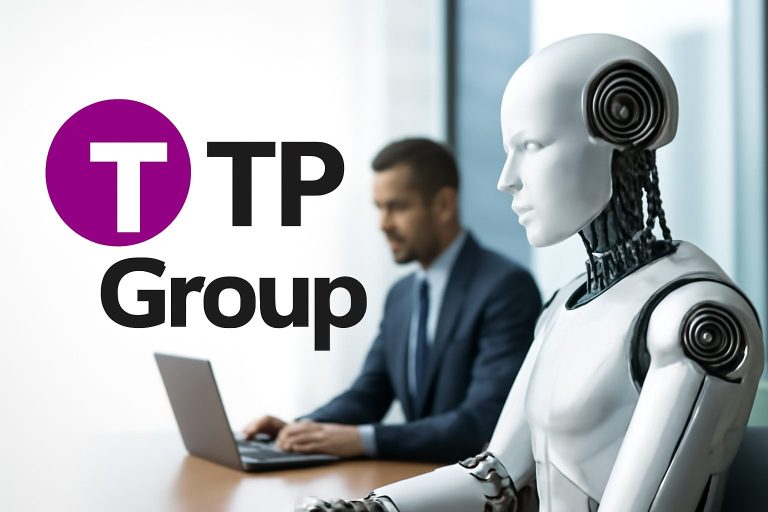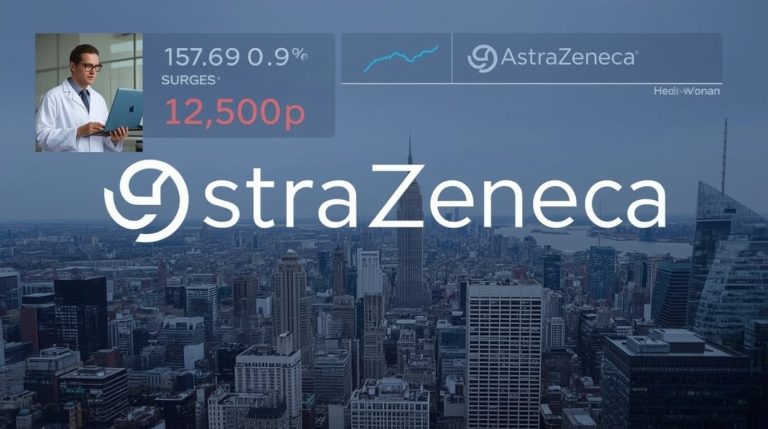A bridging lender can offer short term finance for a property acquisition, refurbishment or project, when the borrower has a clear exit strategy. The benefit of using bridging finance over a traditional mortgage or provider is the speed of funds, with transfers processed in days or weeks, rather than months.
As individual private lenders, they are able to take a view on individual cases and projects and provide more structured terms – and finding the right lender can be essential to ensure your project delivers its goals.
We review the top 5 bridging lenders to consider and answer key questions before your proceed with an application.
Top 5 Bridging Lenders in the UK To Consider
1. MT Finance
MT Finance is frequently regarded as one of the best bridging lenders in the UK. They offer first- and second-charge loans from as little as £50,000 up to £10 million, with terms ranging from 1 to 24 months. Their maximum loan-to-value (LTV) is around 70 per cent.
One strong point is their flexibility: they will consider borrowers with CCJs or adverse credit histories, focusing instead on the value of the property and the borrower’s plans. They charge no upfront fees, no early repayment charges, and no exit fees.
MT Finance has also introduced automated valuation models to speed up applications, especially for loans up to 60 per cent LTV. Because of its speed, transparency, and broad borrower criteria, it is a strong choice for investors, developers or business owners who need short-term finance quickly.
2. Maslow Capital
Maslow Capital is a specialist real estate finance provider with a strong presence in the UK. Their short-term bridging product covers loan sizes from £300,000 up to £100 million, with LTVs up to 75 per cent. Their loans are fixed rate, and they offer flexible structures for acquisitions, refurbishment, development exit and more.
Maslow has completed high-value bridging facilities for prime developments, showing they can manage large, complex deals. Their institutional backing, professional deal team and specialist focus make them ideal for developers or investors working on bigger or more structured property transactions.
3. Octagon Capital
Octagon Capital acts as a specialist broker rather than being a single lending institution. They work with over 30 bridging lenders in the UK, giving borrowers access to a wide market with one point of contact.
Their rates start from around 0.44 per cent per month, depending on the lender, and they support loans from £50,000 to £25 million. They offer both regulated and unregulated bridging, with LTVs up to 70‑75 per cent. Because of their whole-of-market reach and fast decision-making, Octagon is a great choice if you want to compare multiple lenders and secure the most competitive terms.
4. West One Loans
West One Loans is a well-known specialist bridging lender in the UK. They offer bridging finance for a variety of uses, including property purchase, development and auction funding. Their typical loan amounts range from modest, single‑unit property finance up to multimillion‑pound projects, with LTVs often up to 70 per cent or more, depending on the deal.
Their monthly interest rates often lie between 0.6 and 1.2 per cent, reflecting the risk and the type of security involved. West One is praised for its speed, straight‑forward underwriting and for providing funding very quickly when time is of the essence. For borrowers who need to move fast – for example in an auction or urgent purchase – West One is a very reliable choice.
5. Together Money
Together Money is a lender that offers bridging finance alongside other property and business finance products. Their bridging loans often serve developers, professional property investors and small businesses.
Typical loan sizes may range from fairly low amounts up to several million pounds, depending on the scenario.
Their LTVs can be attractive, often going up to around 70 per cent or more, subject to deal structure. Their monthly interest rates may range broadly, possibly from 0.45 per cent to over 1 per cent, depending on risk and security.
Together Money is known for having good regulatory experience, solid service standards, and for working with both experienced property investors and smaller developers. Their ability to provide flexible bridging and development exit finance makes them a credible and trusted lender for many.
What to Consider When Choosing a Bridging Lender
When choosing a bridging lender, think about how quickly they can fund, whether their criteria match your project, and what their exit strategy expectations are.
You should check their fees, how interest is charged, and whether they will take your property as the main security. Also consider whether they are experienced lenders or brokers, how many similar deals they have done, and how reliable their turnaround times are.
What Are Typical Rates of Bridging Lenders?
Bridging rates in the UK typically fall in the range of about 0.4 per cent to 1.5 per cent per month, depending on risk, LTV and the lender. Some brokers quote rates starting from 0.44 per cent per month.
MT Finance’s regulated bridging rates include about 0.90 per cent per month for first‑charge loans up to 65 per cent LTV. These short-term rates are usually more expensive than long-term mortgages, but they reward speed and flexibility.
What Is the Criteria for a Typical Bridging Lender?
Most bridging lenders will focus on the property value, the strength of your exit strategy and the loan-to-value ratio. They often care less about personal income or credit score than high-street lenders.
Some will accept adverse credit and prior arrears. Lenders also look at the type of property and whether it is suitable security. Bridge lenders expect you to have a clear plan to repay, either by selling, refinancing, or completing a development.
What Is the Difference Between a Regulated and an Unregulated Bridging Lender?
Regulated bridging lenders are overseen by the Financial Conduct Authority and are typically used when the loan is secured on a residential property that the borrower or their family lives in.
Unregulated bridging lenders are more flexible, often lending to property investors, developers or businesses, and the loan is secured on property not occupied by the borrower. Unregulated bridges usually involve more tailored terms, but fewer consumer protections.
How Many Bridging Lenders Are There in the UK?
There are a surprisingly large number of bridging lenders in the UK. Estimates suggest there may be anywhere between 200 and 400 different bridging lenders, including both regulated and non-regulated players. Around 40 major bridging lenders account for most of the market, providing the majority of available funds.
Is It Good to Apply with Multiple Bridging Lenders?
Yes, applying through a whole-of-market broker can make a big difference. Using a broker who is impartial means you can present your case to multiple lenders without having to apply to each individually.
This increases your chances of approval and helps you secure the most competitive rate. Because bridging is very deal-specific, having more options allows you to find lenders whose criteria match your project exactly.











 Bitcoin
Bitcoin  Ethereum
Ethereum  Tether
Tether  XRP
XRP  USDC
USDC  Solana
Solana  TRON
TRON  Lido Staked Ether
Lido Staked Ether  Cardano
Cardano  Avalanche
Avalanche  Toncoin
Toncoin